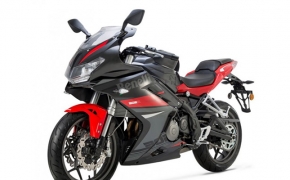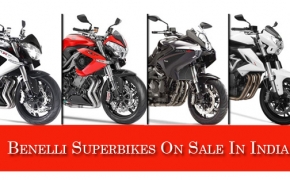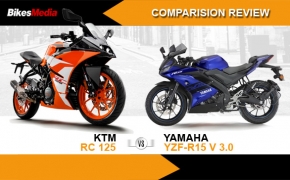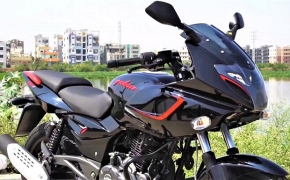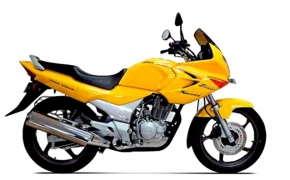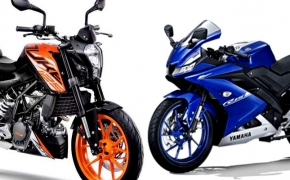 When it comes to motorcycle tyres, choosing of proper tyres is always a huge deal. Unlike car tyres which need only good road grip and wet road grips, bike tyres need a lot more factors to be taken into consideration like road surfaces, cornering grip, etc. Plus the tyre compound also holds a huge amount of importance in choosing the tyre. Among all this, tubeless tyres are now becoming a new mandate when it comes to tyres with almost all bike manufacturers choosing to go for tubeless tyres instead of tubes. One thing to be understood here is, there are both advantages and disadvantages for each kind of tyre, so one has to make a sensible choice, weighing all pros and cons and the exact use of the bike and according choose the tyre choice.
When it comes to motorcycle tyres, choosing of proper tyres is always a huge deal. Unlike car tyres which need only good road grip and wet road grips, bike tyres need a lot more factors to be taken into consideration like road surfaces, cornering grip, etc. Plus the tyre compound also holds a huge amount of importance in choosing the tyre. Among all this, tubeless tyres are now becoming a new mandate when it comes to tyres with almost all bike manufacturers choosing to go for tubeless tyres instead of tubes. One thing to be understood here is, there are both advantages and disadvantages for each kind of tyre, so one has to make a sensible choice, weighing all pros and cons and the exact use of the bike and according choose the tyre choice.
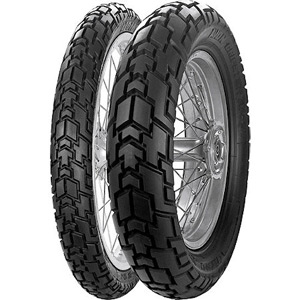 Tube Tyres:
Tube Tyres:In case of tube tyres, the tyre compound is generally a soft compound which means when it comes to gripping the road surface, these tyres perform the best in the business. The air pressure of the tyre is taken care of the tube inside the tyre. The rubber tube inside is made of a thin but elastic material which holds the air and hence gives the tyre its hardness. Due to this the soft compound tyres get the extra material holding the weight. Tubed tyres don’t have any direct contact with the air inside; hence the bonding of the tyre to wheel of the bike is not exactly airtight. Hence for this reason the bikes with spoke wheels use tubes tyres as the tension of the spokes affects the wheel and hence with tubeless tyres there are chances that there will be air leakages.
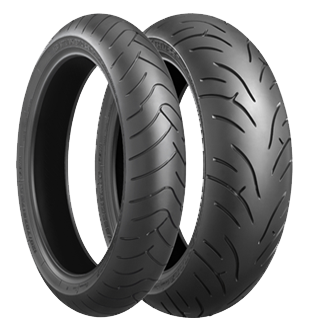 Tubeless Tyres:
Tubeless Tyres:There are two types of Tubeless Tyres:
Radial Tyres: These tyres are constructed using multiple parts where the sidewall of the tyre is made of a completely different part. Hence the sidewall functions as an independent entity without being dependent on the crown of the tyre.
Bias Tyres: These tyres are constructed using multiple layers of the same piece. Hence the sidewall of the tyre is thicker and hence is interdependent on the crown of the tyre. This is why Bias tyres tend to overheat quickly and hence radial tyres are used more commonly in most sports bikes.
With Tubeless tyres, there is no worrying about the tubes. Though the initial cost is a bit on the higher side, but overall the life of the tyre is a lot more than tubed tyres. The reason being tubeless tyres are made available in medium as well as hard compound tyres depending upon the usage requirements and their lifetime. Harder compound tyres last longer. In case of tubeless tyres, the air is directly filled in the tyres, so there is a need for the tyres to form an airtight seal with the wheel so as to not let the air escape. Hence tubeless tyres are always used in case of alloy wheels as they do not have the stretching tendency.Radial Tyres: These tyres are constructed using multiple parts where the sidewall of the tyre is made of a completely different part. Hence the sidewall functions as an independent entity without being dependent on the crown of the tyre.
Bias Tyres: These tyres are constructed using multiple layers of the same piece. Hence the sidewall of the tyre is thicker and hence is interdependent on the crown of the tyre. This is why Bias tyres tend to overheat quickly and hence radial tyres are used more commonly in most sports bikes.
Advantages of Tube tyres:
* Low initial cost
* Better grip
* No issues of air pressure loss
* Do not over heat easily
* Punctures can be repaired almost everywhere
Advantages of Tubeless tyres:
* Easy maintenance
* Does not puncture easily
* In case of puncture, loses air slowly allowing to keep riding until one reaches a service area.
* Easy puncture repair
* Longer tyre life.
* Can be combined with a tube temporarily in case of a huge puncture
* Capable to be driven on higher speeds
* Can be used on nitrogen air
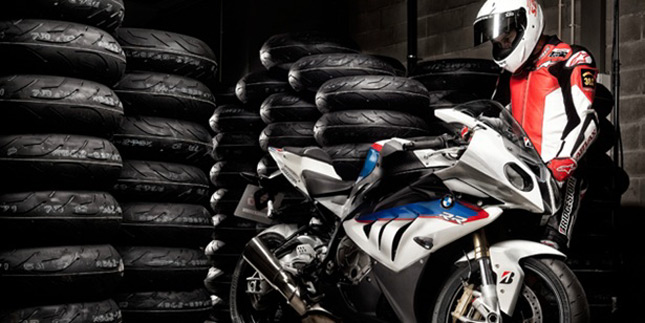 Disadvantages of Tube tyres:
Disadvantages of Tube tyres:* Susceptible to punctures easily
* Get flat on puncture quickly
* If run on a flat, the tube valve gets damaged and requires a replacement
* Cannot be run on higher speeds
Disadvantages of Tubeless tyres:
* High initial cost
* Puncture removal needs a set of specified tools and kit
* Not all mechanics are trained to fix tubeless tyre punctures
* Maintenance is low, but the cost is high
Now that we have checked out he advantages and disadvantages of both tube and tubeless tyres, we can easily make out that tubeless tyres are definitely better, have loads of advantages over tube tyres and this can easily be seen in the ongoing trend with all the manufacturers now equipping their bikes with tubeless tyres, at least in the case of premium bikes.
By: Pratik Patole















